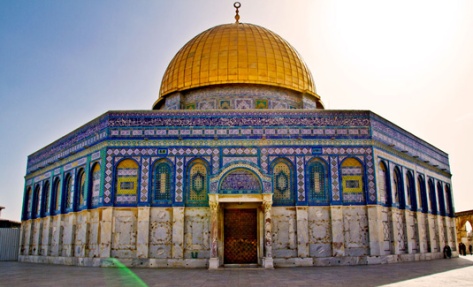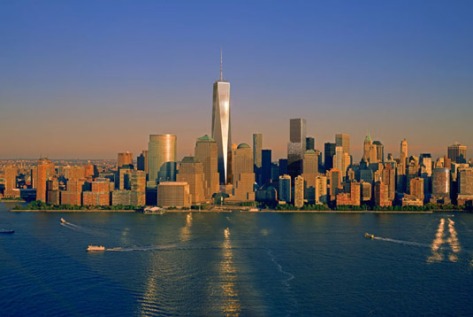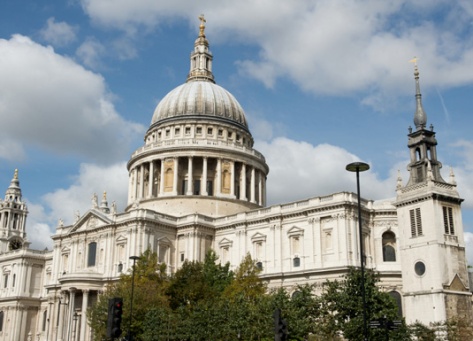” It is prudent to be selective when choosing the firm to work for. “- Anthony Fasano
Being a well-rounded structural engineer is not suited in a low quality firm to work for because your skills, talent and quality will hampered the possibility of your improvements. Structural Engineers work on a wide range of projects, including residential and commercial buildings, theatres, sports stadia, hospitals, bridges, transport terminals, oil rigs, factories, shopping centres, maritime facilities and surrounding infrastructure. They also advise on the repair of damaged structures,
the extension of existing structures, and the restoration and renovation of historic buildings. This means structural engineers help in drawing up designs from scratch and collaborating with other designers to guarantee that the designs are sustainable. These professionals must be adept in all aspects of the construction project as well, so as to be able to come up with solutions should issues with the design and implementation crop up at any stage of the project. With such crucial roles, structural engineers are some of the most sought-after professionals in the design, engineering, and construction management sectors. Thus in this blog, I will give you the top 5 structural engineering firms that will help you to increase your experiences in a well defined companies.
1. The Boeing Company
The largest and longest-existing American military and commercial jetliner manufacturer, the Boeing Company, continually requires facilities and products with structural integrity, something in which structural engineers are experts. As the Boeing Company is constantly acknowledged as one of the best employers in the United States, it comes as no surprise that many professionals from the engineering and other fields aspire to land a job with them. The company is known for having a dynamic and streamlined workplace, and structural engineers who are lucky enough to land a job there have the opportunity to work with some of the world’s most brilliant and talented designers. And being offered some of the most attractive compensation packages is surely an added plus as well.
2. URS Corporation
A leading design, engineering, and construction management firm that is in constant need of structural engineers is the URS Corporation. With offices in the Asia Pacific, Europe, the Americas, and Africa, the company is sought after by industrial and commercial clients from around the world to provide top-notch design and construction requirements regardless of project size. One of the firm’s other areas of expertise is handling hazardous waste and disposal, which is why governments of various countries intermittently commission the URS Corporation as well. With such wide-ranging project scope at the company, structural engineers who are fortunate enough to work for the URS Corporation have the chance to further their skills as well as obtain opportunities for professional growth.
3. Jacobs Engineering Group
Another leading design, construction, consulting, and project management firm that operates in various locations around the world is Jacobs Engineering Group. Constantly voted as one of the most trustworthy American companies, the firm is hailed for its highly streamlined and dynamic workplace practices. These qualities make the company one of the most sought-after employers out there. It also offers equitable employee benefits and some of the most handsome remuneration packages, which is why the company scores high in terms of employee retention. And because its operations are scattered all over different countries, opportunities for career growth and travel are a certainty as well.
4. HDR, Inc.
Another long-established design and construction and project consulting and management company is HDR, Inc. Much like Jacobs Engineering Group, HDR, Inc. operates internationally, with offices located in Europe, Asia, Australia, the Americas, and the Middle East. With the company’s wide-ranging experience in construction of roadways, bridges, buildings, waterways, and dams, structural engineers who work there will surely get to apply themselves and be constantly challenged professionally. The company is known for being granted high-profile industrial, commercial, and government contracts as well, so the company has no deficit when it comes to projects. Structural engineers who land a job with the firm will surely thrive in a professional and dynamic work environment that offers competitive compensation and benefits packages.
5. Burns & McDonnell
Hailed as one of America’s best engineering companies, Burns & McDonnell delivers top-notch design and construction and project consulting and management services. Serving industrial, commercial, and government clients, the company’s expertise is highly sought-after by the aviation, utilities, defence, and environmental markets. And only recently, Burns & McDonnell has started to provide architectural services specifically geared towards the healthcare industry. Such diversified projects are a great plus, as they allow for continued professional growth, something which structural engineers who are looking to excel in the field surely desire to pursue. Burns & McDonnell is wholly owned by its employees, making working for the firm an even more attractive prospect. Lastly, the company provides equitable employee benefits and competitive compensation packages, which is why it comes as no surprise that the company’s employee attrition rate is so low.
For those of you structural engineers looking to work for a large company, those listed in this post are some of the best out there. Between their salary and benefit packages and the opportunities that they provide to work on large-scale award-winning projects, you can see and do amazing things at these companies.
References:
https://engineeringcareercoach.com/five-larger-top-structural-engineering-companies-work/
https://csengineermag.com/article/2011-top-structural-engineering-firms/
Click to access engaging-structural-engineers.pdf
Previous Post on The Feats of Infrastructure: Top 5 Remarkable Structural Engineers Around the World
Back to The Feats of Infrastructure Page




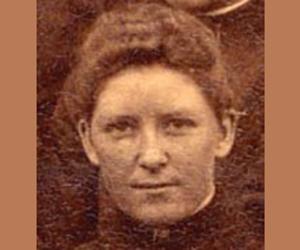
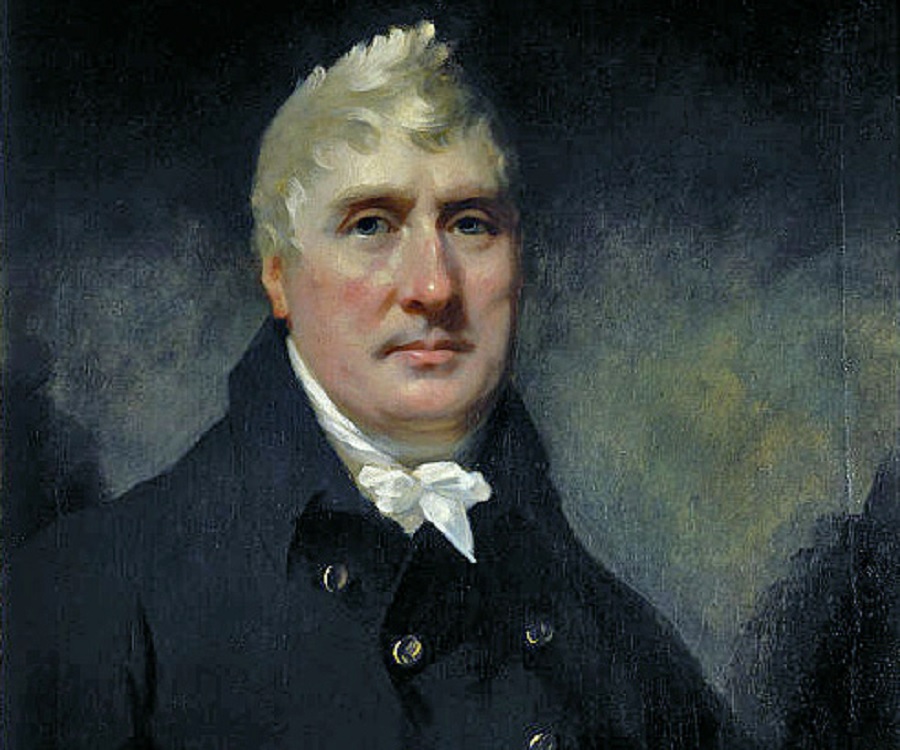
.jpg)













